They went, they charmed, and now they return after touching the hearts of thousands of fans. Emotions are running high in Japan where a theme park in Wakayama, Japan, bid farewell to its last four giant pandas, who are back in China. Tokyo's Ueno Zoo is preparing for another similar send-off next February. These black-and-white icons have long been more than zoo attractions; they are beloved cultural ambassadors and living symbols of the enduring ties between China and Japan. Their departure marks not an end, but a celebration of the two nations' partnership in wildlife conservation and a reminder of the soft power these creatures wield in fostering international goodwill.
China's panda loan program with Japan has been a resounding success, yielding fruits in breeding techniques, veterinary care and public education. The collaboration dates back to 1972, when China gifted two giant pandas to Tokyo's Ueno Zoo to commemorate the normalization of diplomatic ties. Later, in 1994, a Sino-Japanese panda conservation project was established, which attracted Wakayama Adventure World. Since then, the park has witnessed the birth of 17 panda cubs. The four pandas — a mother and her three daughters — that returned this month exemplify the program's achievements. The birth of multiple cubs in Japan in the past decades provided invaluable data for scientific research, proving how panda diplomacy transcends politics, uniting people through shared awe for nature's wonders.
Pandas are typically loaned for 10-15 years, to ensure genetic diversity and sustainable captive breeding. China's efforts have paid off, with wild panda populations having rebounded from 1,100 in the 1980s to nearly 1,900 today, while the global captive population stands at 757.
This progress prompted the International Union for Conservation of Nature to reclassify the status of giant pandas from "endangered" to "vulnerable". Japan remains a key partner for future collaborations, as China seeks global cooperation to protect pandas and other endangered species, a mission growing ever more urgent amid the climate crisis.
With their round faces, plump bodies and signature markings, giant pandas are symbols of biodiversity and cross-cultural affection. Their stay in Japan has sown the seeds of environmental awareness and mutual respect, values that outlast any loan agreement. China's commitment to panda conservation mirrors its broader dedication to global ecological cooperation, whether safeguarding Siberian tigers with Russia, African elephants with Kenya or eastern black crested gibbons with Vietnam.
As Japan sends the four pandas back, instead of feeling sad about the now-empty enclosures there, people in the two countries should celebrate the bonds they helped forge. Their legacy endures, and, someday, a new generation of roly-poly ambassadors may return to continue their timeless mission of connection. After all, in the grand story of conservation and friendship, every ending is merely a pause before the next chapter.
In an often-divided world, the universal language of "panda love" offers hope that empathy and science can transcend borders and such civil exchanges rooted in shared interests are more precious than ever. They bridge political divides and foster understanding across cultures. Whether past or present, giant pandas have quietly nurtured friendships between nations, not just as adorable faces, but as ambassadors of peace and development. Moving forward, we hope to see more such creative and heartwarming forms of cultural exchange, making our world more harmonious and beautiful.











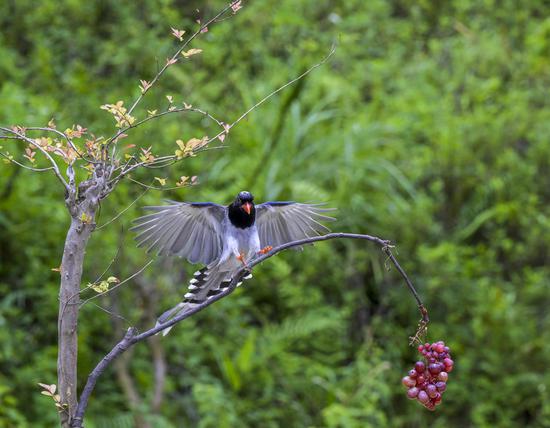
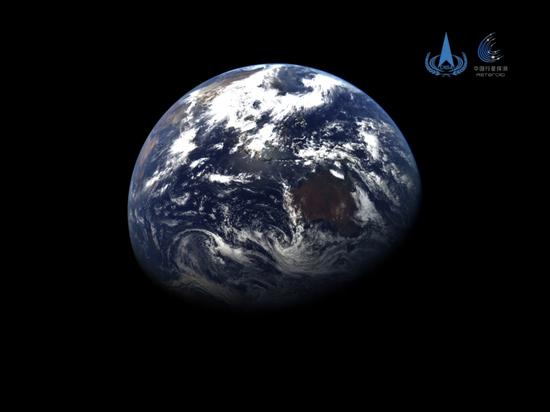



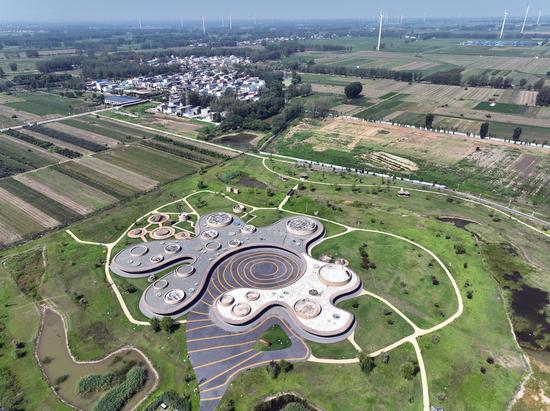












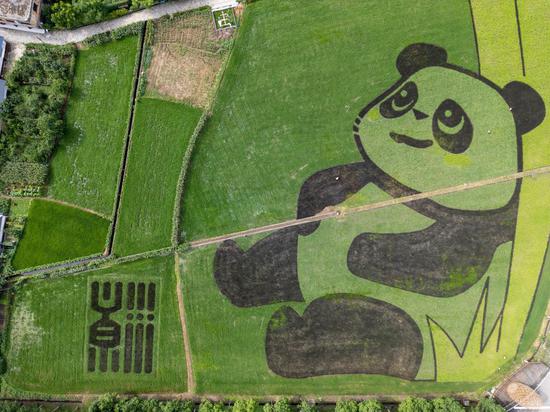






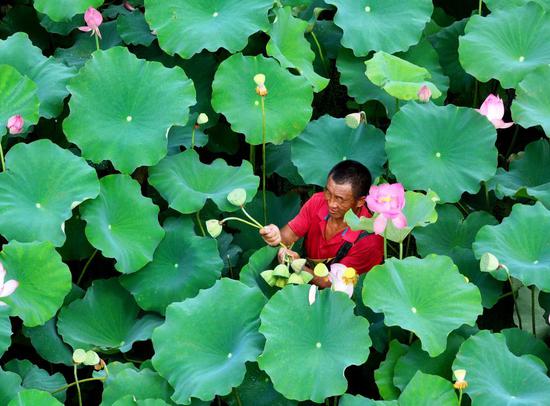













 京公網安備 11010202009201號
京公網安備 11010202009201號